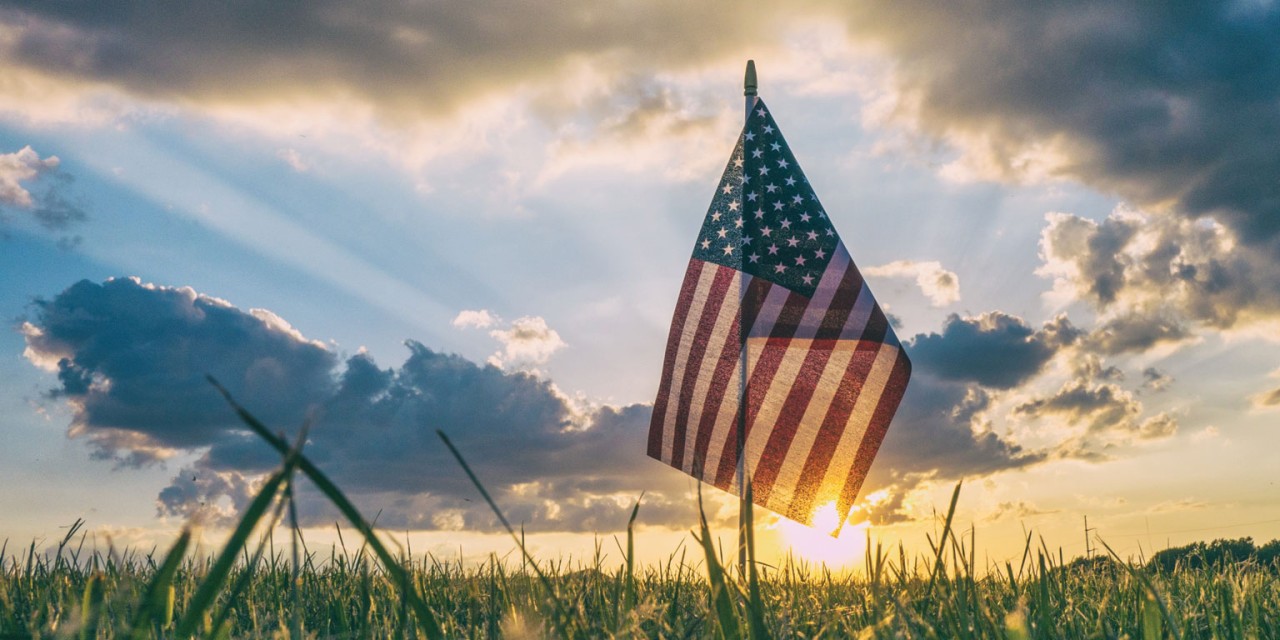(ThyBlackMan.com) Sometimes, it can seem like the legal and political establishments exist solely to enable the exploitation of the world’s resources at the cost of the environment. Fortunately, this perception is false. Throughout history, legal maneuverings have been used to make sure that natural resources are preserved and protected by responsible stewards. Below are four examples of how law can play a part in keeping the world safe for future generations.
Clean Air and Water
Amazingly, two molecules, O2 and H2O, are largely responsible for the success of life on this planet. Air to breathe and water to drink are critical requirements for the survival of living organisms, and safeguarding those resources is crucial to maintaining a livable world. In the United States, the foundations for protecting our air and water supplies are the Clean Air Act (1970) and the Clean Water Act (1972). Although the laws have been amended numerous times, the focus remains the same; preserving the integrity of America’s most basic resources.
Mercury
Another way to look at environmental law is to drill down and examine how it regulates one particular pollutant. Mercury is an excellent example. Also known as quicksilver, mercury is the only known metal to stay in liquid form at standard temperature in its pure state. Although it can be used in a wide variety of products, the metal itself can be highly toxic, causing damage to the brain and other vital organs. Federal standards regulate the use and disposal of the metal, in order to avoid injuring the general population.
Emissions Standards
Some pollutants are less visible, but no less deadly for their transparency. Gas emissions pose a serious threat, both to the immediate health of those who inhale them, and to the health of the planet in the form of greenhouse gasses that reflect the heat the Earth releases in the form of infrared energy. Governmental emission standards, in regulatory bills such as the aforementioned Clean Air and Water Acts and others, police the releasing of these gases into the biosphere by industrial concerns like factories and consumer products like cars. Doing so ensures that potential toxins stay far away from the citizenry.
Wildlife Preserves
Of course, sometime environments are more fragile than others. The expansion of human activity radically alters the landscape, and  sometimes effort is required to make sure wilderness remains for the future. The National Wilderness Preservation System, initiated in 1964, ensures that our descendants will still be able to see unspoiled wilderness for themselves, rather than as a curiosity in a book or film. Currently, the system administers over 100 million acres of U.S. land.
sometimes effort is required to make sure wilderness remains for the future. The National Wilderness Preservation System, initiated in 1964, ensures that our descendants will still be able to see unspoiled wilderness for themselves, rather than as a curiosity in a book or film. Currently, the system administers over 100 million acres of U.S. land.
Although many people have already stepped up to use the potent mechanics of law to protect the world, the fight could always use a fresh generation of warriors. Thankfully, environmental law schools continue to churn out new legal experts capable of writing and arguing for the next set of laws and regulations designed to make the planet greener and safer for all concerned. Thanks to their efforts, the world remains in good hands.
Written by Boris Dzhingarov
This brother is a proud graduate of UNWE with major marketing. Boris is the founder of Dzhingarov.com.

















Leave a Reply